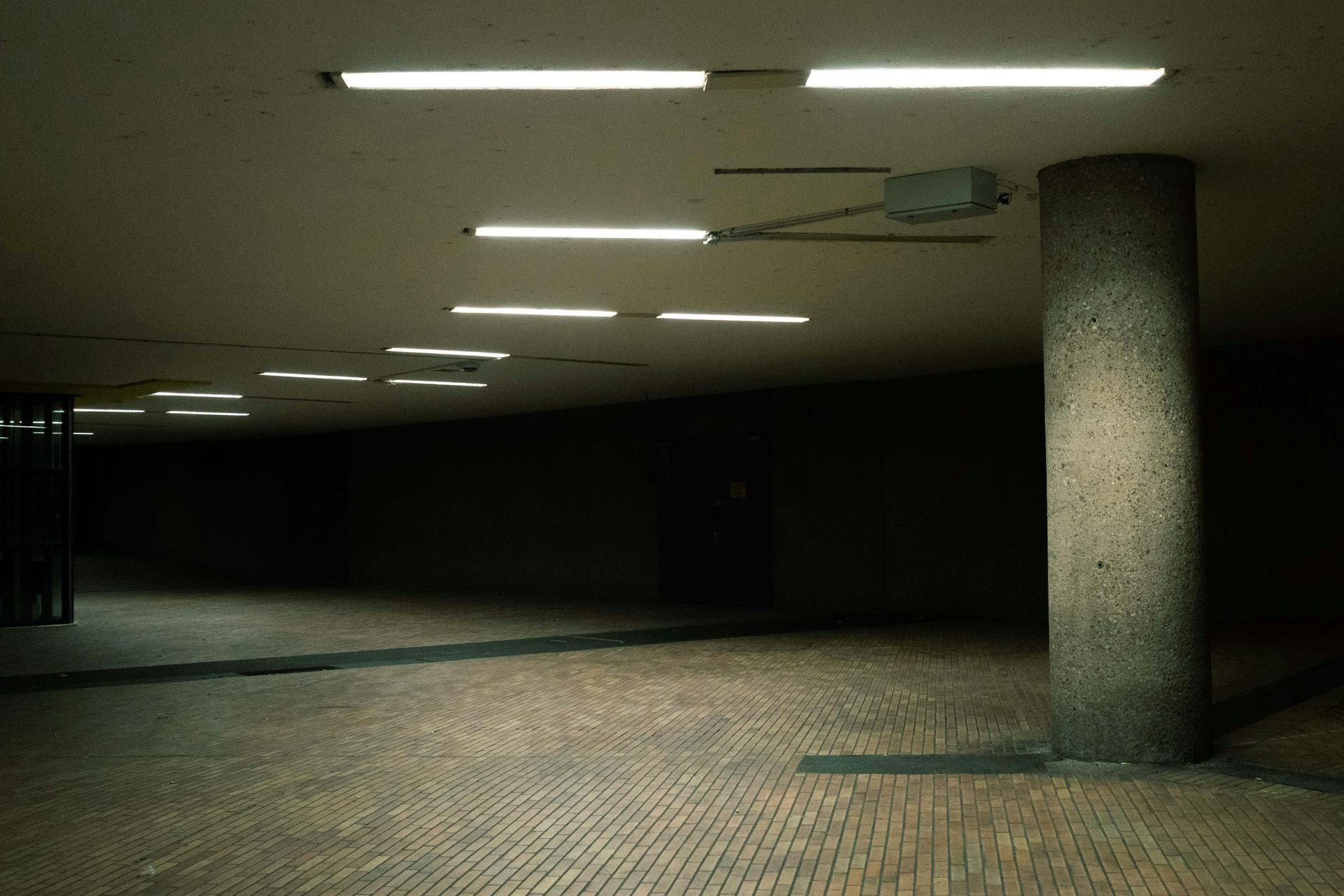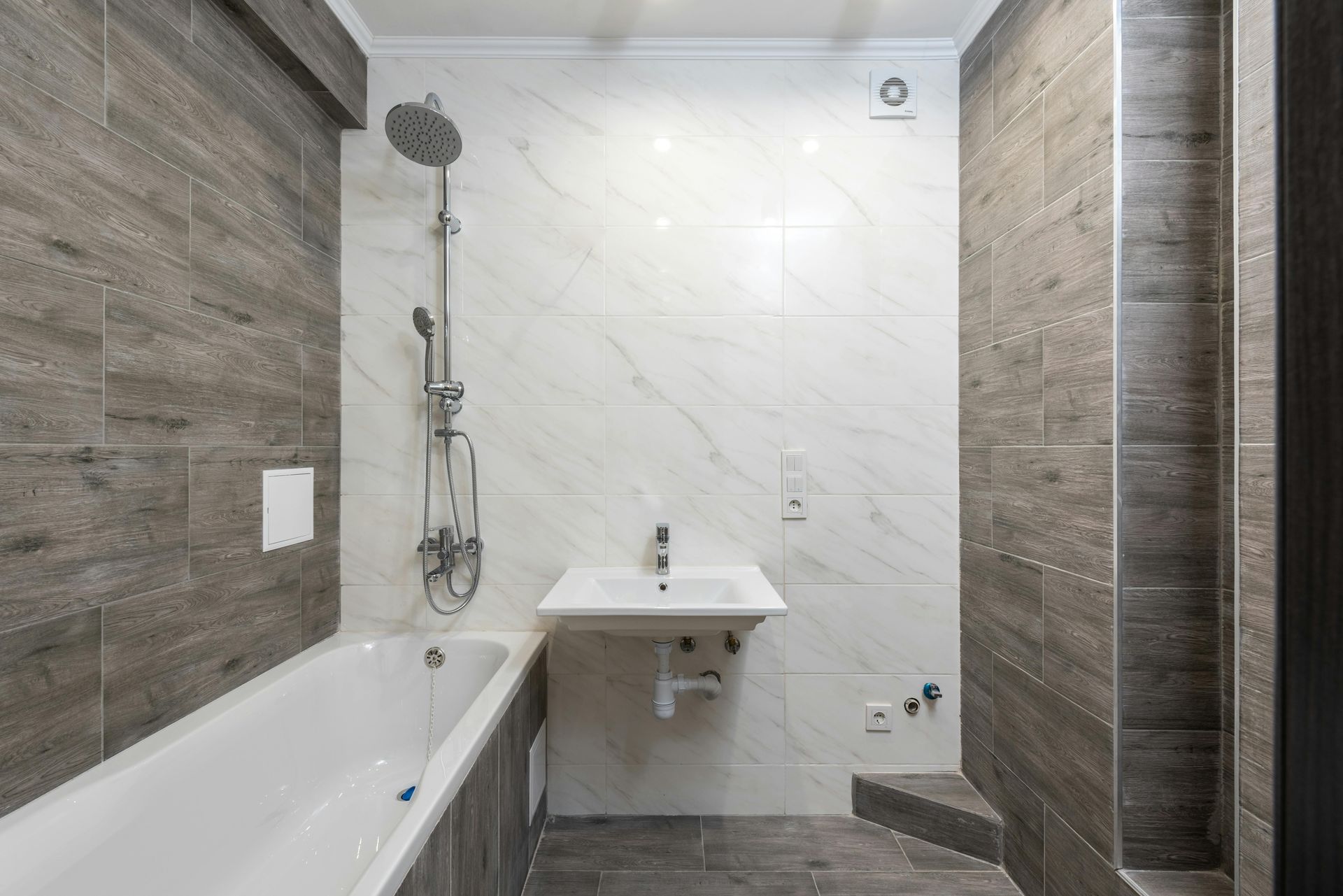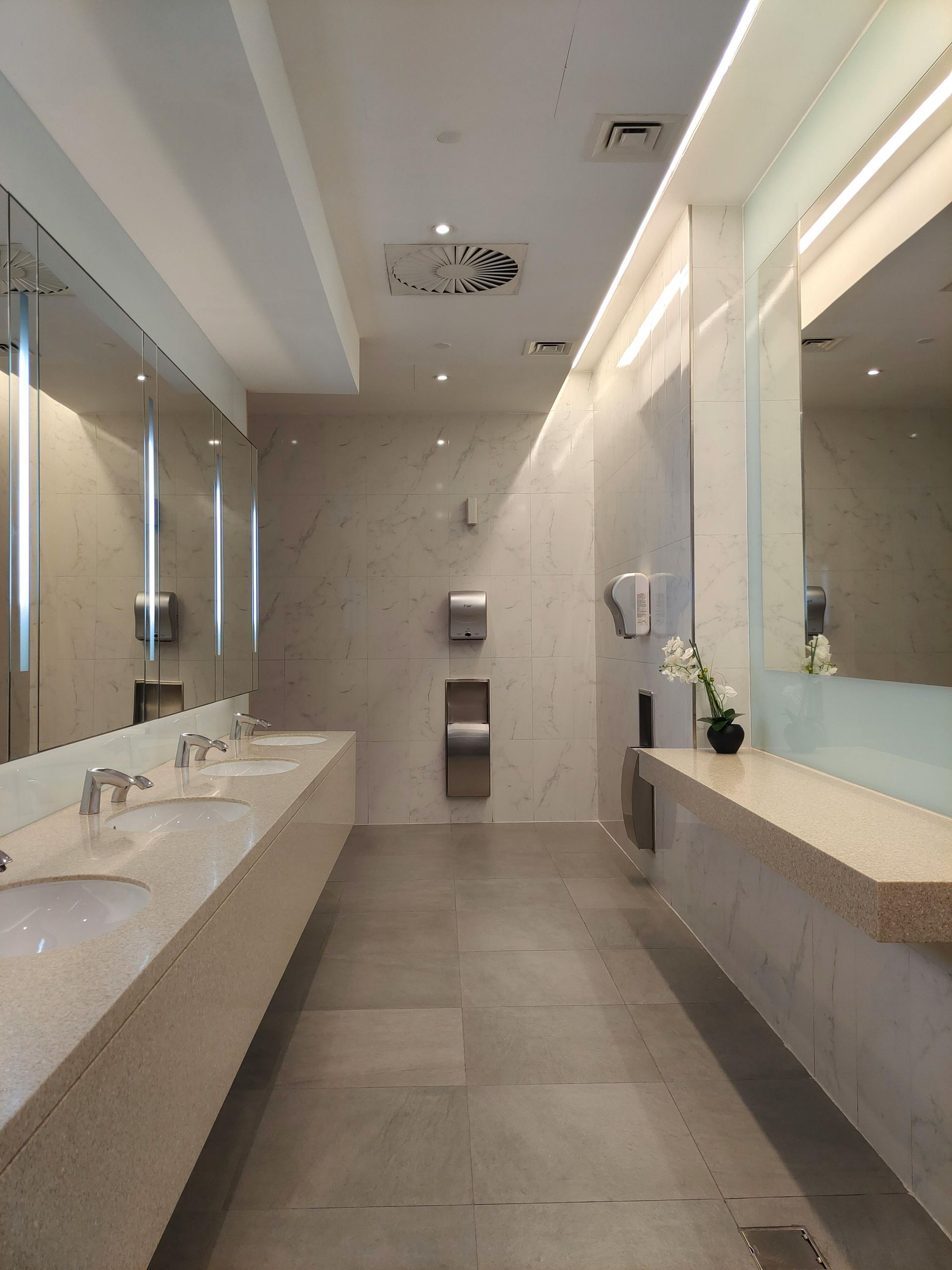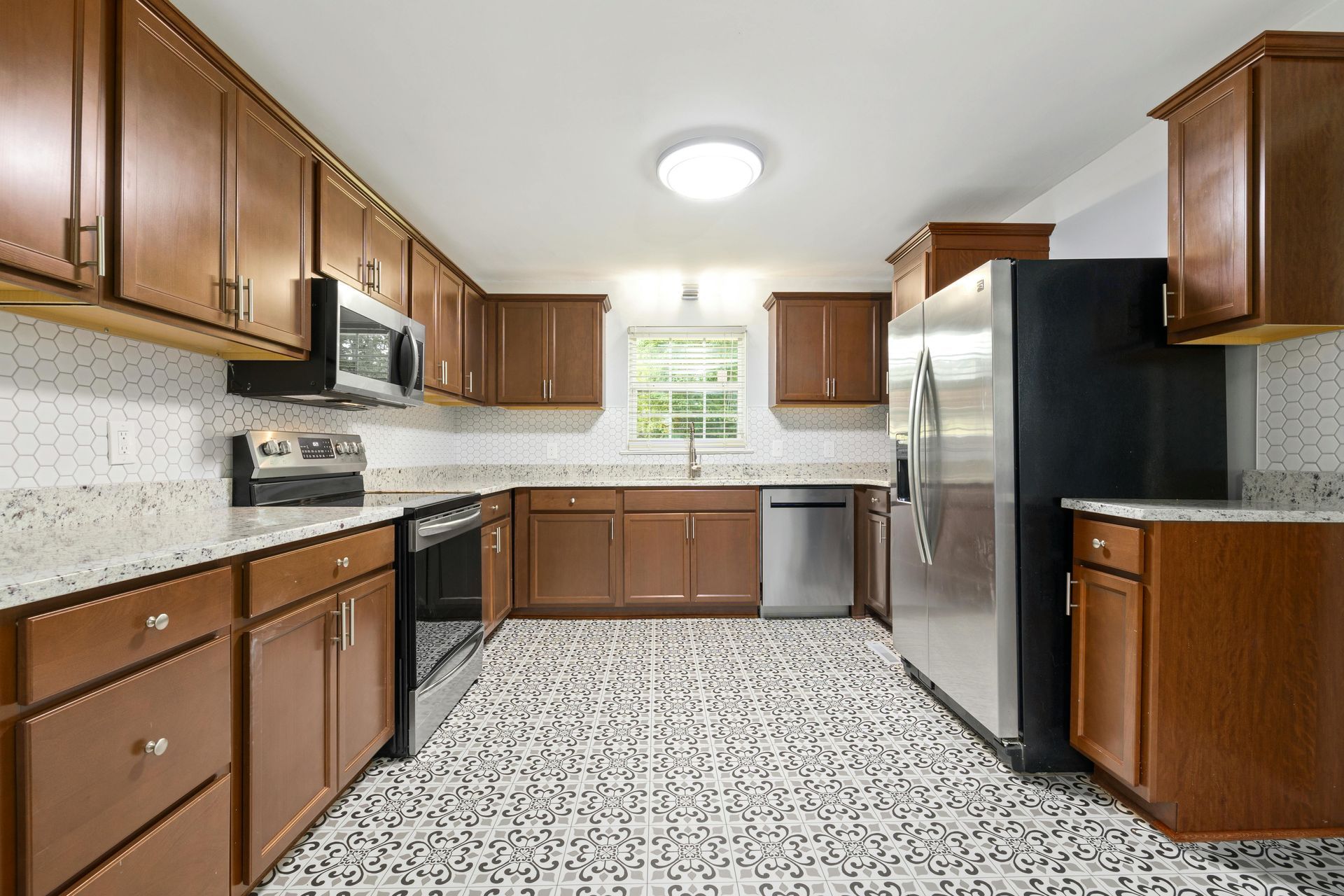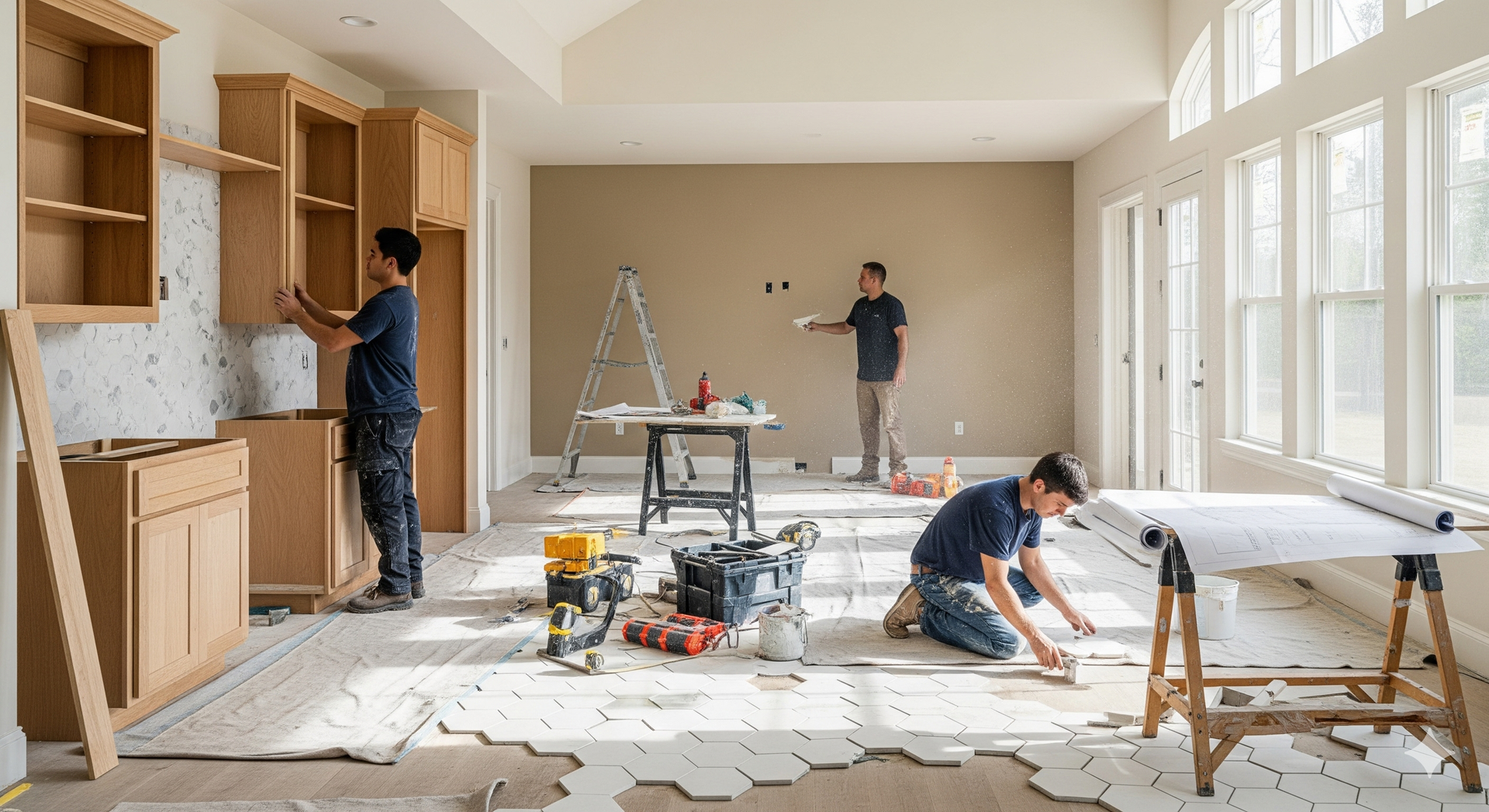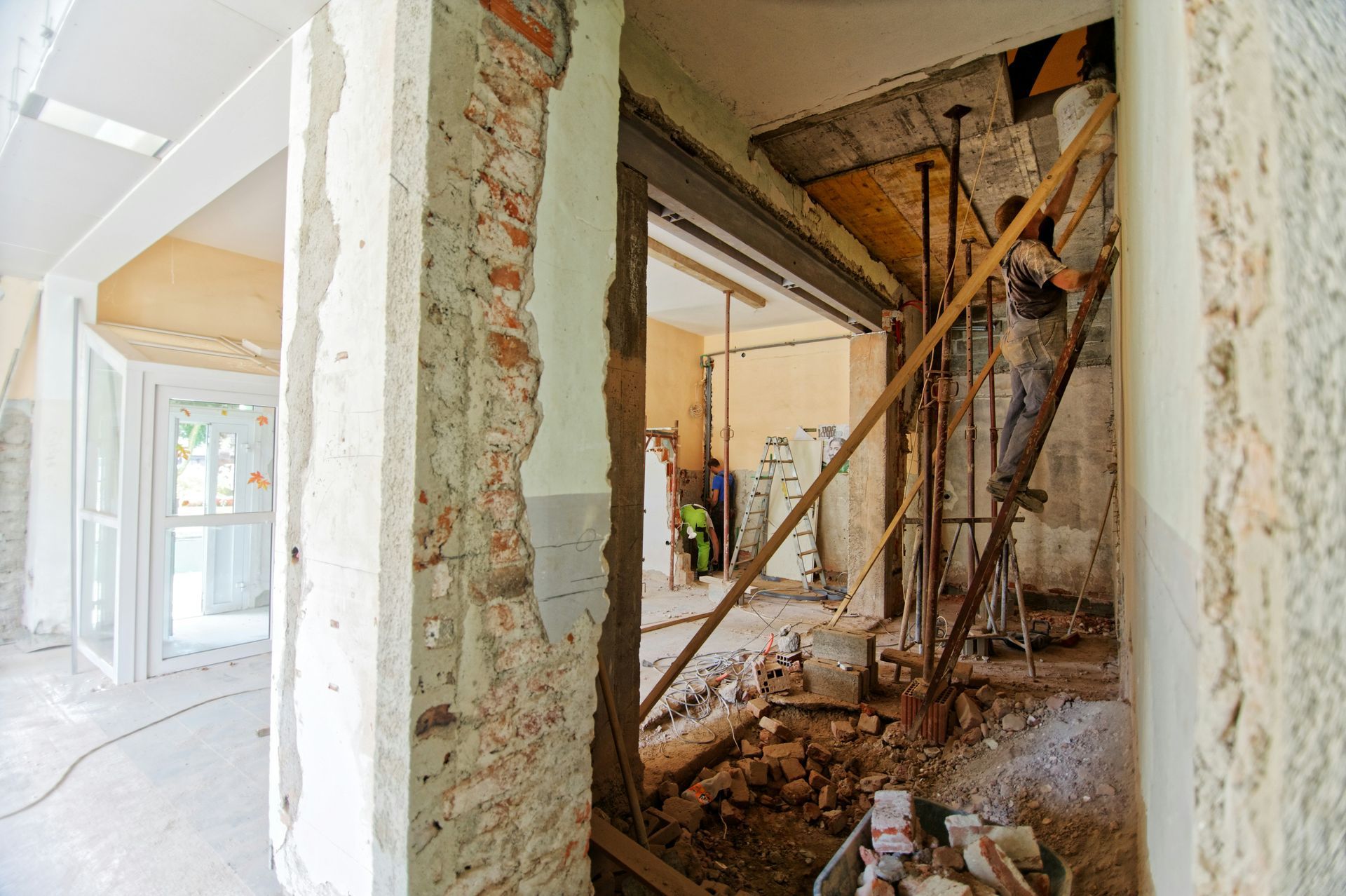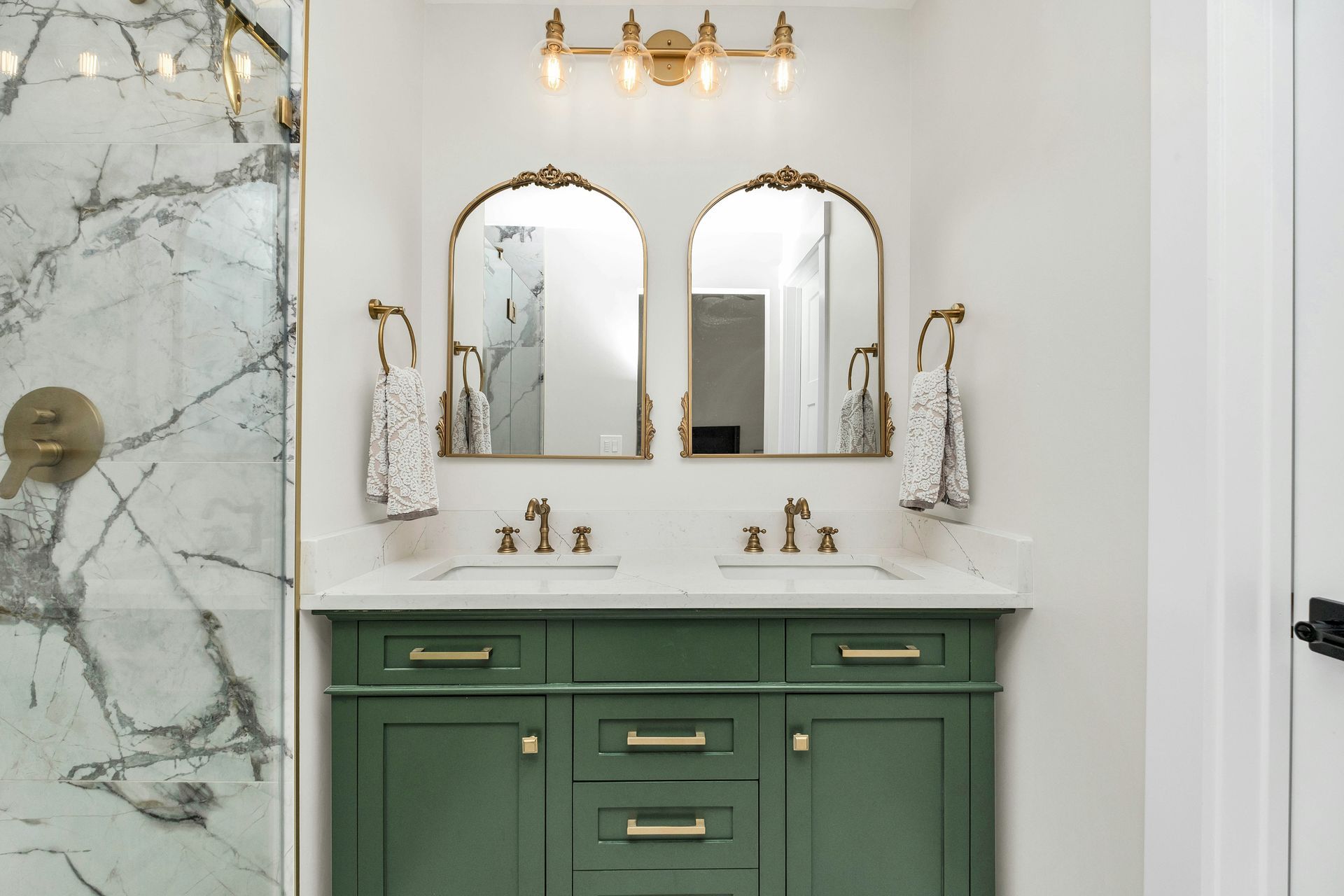How to Plan a Home Addition Without Stress in Cincinnati
Adding space to your home in Cincinnati can be an exciting way to increase comfort, functionality, and property value. Whether you need a new bedroom, a larger kitchen, or a home office, a well-planned home addition can transform your living space. However, the process can feel overwhelming without a clear roadmap. From navigating local regulations to managing budgets and contractors, planning a home addition requires careful thought. If you're considering a remodel or expansion, working with an experienced team like Main Street Contractors can make all the difference. Their background in general home remodeling and repairs ensures your project is in capable hands.
Key Takeaways
- Set Clear Goals: Define the purpose and scope of your home addition to guide your planning process.
- Budget Wisely: Account for all costs, including permits, labor, and unexpected expenses.
- Understand Local Regulations: Cincinnati has specific zoning and permit requirements you must follow.
- Choose Reliable Professionals: Hire experienced architects and contractors familiar with Cincinnati’s building codes.
- Plan for Disruptions: Prepare your household for construction noise, mess, and temporary changes.
- Communicate Regularly: Maintain open communication with your team to avoid misunderstandings.
Define Your Home Addition Goals
The first step in planning a home addition is to clarify why you need the extra space and how it will fit into your lifestyle. Are you adding a family room for gatherings, a new bedroom for a growing family, or a sunroom to enjoy Cincinnati’s scenic seasons? Defining your goals helps you make informed decisions about design, size, and budget.
Start by asking yourself key questions:
- What is the primary purpose of the addition?
- How will it integrate with your existing home layout?
- Are there specific features you want, such as energy-efficient windows or extra storage?
Once you have a clear vision, sketch out a rough idea of the addition’s size and placement. Consider how it will affect your home’s flow and curb appeal. For example, a second-story addition might save yard space but require structural reinforcement, while a ground-level extension could impact your outdoor area. In Cincinnati, where historic homes in neighborhoods like Hyde Park or Mount Adams are common, you may also need to consider preserving architectural character to comply with local guidelines. For ideas and inspiration, check out our blog on
rustic bathroom renovations and our
top 10 kitchen remodel tips.
Set a Realistic Budget
Budgeting is a critical part of planning a stress-free home addition. Costs in Cincinnati can vary depending on the size, materials, and complexity of the project. According to local estimates, home additions in the area typically range from $100 to $300 per square foot, with high-end projects costing more. To avoid financial stress, create a detailed budget that includes all potential expenses.
Here’s a breakdown of common costs to consider:
| Expense Category | Estimated Cost Range |
|---|---|
| Design and Architect Fees | $2,000 - $10,000 |
| Permits and Inspections | $500 - $2,500 |
| Construction Labor | $50 - $150 per square foot |
| Materials | $50 - $150 per square foot |
| Contingency Fund | 10-20% of total project cost |
To stay within budget, get multiple quotes from contractors and factor in a contingency fund for unexpected issues, such as foundation repairs or weather delays. Cincinnati’s weather, with its humid summers and cold winters, can sometimes cause construction setbacks, so plan for flexibility. Research financing options, such as home equity loans or personal loans, if needed, and consult a financial advisor to ensure your plan is sustainable.
Navigate Cincinnati’s Zoning and Permit Requirements
Cincinnati has specific zoning laws and building codes that govern home additions. Failing to comply can result in costly fines or project delays, so understanding these regulations is essential. The City of Cincinnati’s Department of Buildings and Inspections oversees permits, and requirements may vary depending on your neighborhood or historic district.
Key steps to ensure compliance:
- Check Zoning Laws: Verify your property’s zoning classification through the Cincinnati Zoning Code. Some areas, like Over-the-Rhine, have strict rules for historic preservation.
- Obtain Permits: Most home additions require building permits, which can include structural, electrical, and plumbing permits. Contact the city’s permit office to confirm what’s needed.
- Hire a Professional: An architect or contractor familiar with Cincinnati’s regulations can streamline the permit process and ensure your plans meet code.
If your home is in a historic district, you may need approval from the Cincinnati Historic Conservation Board. Submit detailed plans, including exterior materials and design, to avoid rejection. Allow extra time for permit approvals, as processing can take several weeks.
Hire the Right Professionals
A successful home addition depends on working with skilled professionals who understand Cincinnati’s building landscape. Start by hiring an architect or designer to create detailed plans that align with your vision and local codes. Next, choose a reputable contractor with a track record of quality work in the Cincinnati area.
Tips for selecting professionals:
- Check Credentials: Ensure architects and contractors are licensed and insured. Look for certifications from organizations like the National Association of the Remodeling Industry (NARI).
- Review Portfolios: Ask for examples of past home additions in Cincinnati to assess their experience with similar projects.
- Get References: Speak to previous clients to confirm reliability, communication, and workmanship.
- Compare Quotes: Request detailed bids from at least three contractors to compare costs and services.
We recommend exploring our
kitchen and bathroom remodeling services and
additional remodeling solutions to see how our team can support every stage of your home improvement journey. For an in-depth look at project costs, our article on
bath remodel costs in Ohio and Indiana breaks down what you can expect to spend.
Design Your Home Addition
The design phase is where your vision comes to life. Work closely with your architect to create a plan that maximizes space, functionality, and aesthetics. Consider how the addition will blend with your home’s existing structure and enhance its overall value.
Key design considerations:
- Seamless Integration: Match exterior materials, like brick or siding, to maintain a cohesive look. Cincinnati homes often feature classic red brick, so sourcing similar materials can enhance curb appeal.
- Energy Efficiency: Incorporate energy-saving features, such as insulated windows or LED lighting, to reduce long-term costs.
- Natural Light: Cincinnati’s cloudy winters make natural light a priority. Consider large windows or skylights to brighten your space.
- Future Needs: Design with flexibility in mind, such as adaptable rooms that can serve multiple purposes over time.
Use design software or 3D renderings to visualize the addition before construction begins. This can help you spot potential issues, like awkward room transitions, and make adjustments early.
Prepare for Construction
Construction can disrupt your daily routine, so preparation is key to minimizing stress. In Cincinnati, where seasonal weather can affect timelines, discuss a realistic schedule with your contractor. Most home additions take three to six months, depending on the project’s scope.
Steps to prepare your household:
- Create a Temporary Space: Set up a secondary kitchen or living area if the addition affects key rooms.
- Protect Your Property: Cover furniture and floors to shield them from dust and debris.
- Communicate with Neighbors: Inform neighbors about the project to maintain good relations, especially in tight-knit Cincinnati communities.
- Plan for Safety: Ensure the construction site is secure, especially if you have children or pets.
Regularly check in with your contractor to stay updated on progress and address any concerns. Keeping an open line of communication helps prevent misunderstandings and keeps the project on track.
Finalize and Enjoy Your New Space
Once construction is complete, conduct a thorough walkthrough with your contractor to ensure everything meets your expectations and complies with Cincinnati’s building codes. Check for issues like uneven flooring, faulty wiring, or incomplete finishes. After final inspections and approvals, you can start furnishing and decorating your new space.
To make the most of your addition:
- Personalize the space with decor that reflects your style.
- Maintain the addition with regular cleaning and upkeep to preserve its value.
- Celebrate your new space with a housewarming gathering or cozy family night.
Want more ideas? See our blog on the best home remodeling services in Indianapolis for tips that apply across the region, including Cincinnati.
Frequently Asked Questions
How much does a home addition cost in Cincinnati?
Costs typically range from $100 to $300 per square foot, depending on materials, labor, and project complexity. Get multiple quotes for accuracy.
Do I need a permit for a home addition in Cincinnati?
Yes, most additions require building permits. Check with the City of Cincinnati’s Department of Buildings and Inspections for specific requirements.
How long does a home addition take to complete?
Most projects take three to six months, depending on size, weather, and permit processing times.
Can I live in my home during construction?
Yes, but expect disruptions like noise and dust. Prepare temporary spaces for affected areas like kitchens or bathrooms.
How do I find a reliable contractor in Cincinnati?
Look for licensed, insured contractors with local experience. Check reviews, references, and portfolios before hiring.
Final Thoughts
Planning a home addition in Cincinnati doesn’t have to be stressful if you approach it with a clear plan and the right team. By setting goals, budgeting wisely, navigating local regulations, and hiring trusted professionals, you can create a beautiful, functional space that enhances your home. Take the time to research, communicate, and prepare, and you’ll be enjoying your new addition in no time.
Start your journey today by sketching out your ideas and reaching out to
local experts who serve your area. When you're ready to take the next step, feel free to
contact us directly to discuss your project and get personalized guidance.

